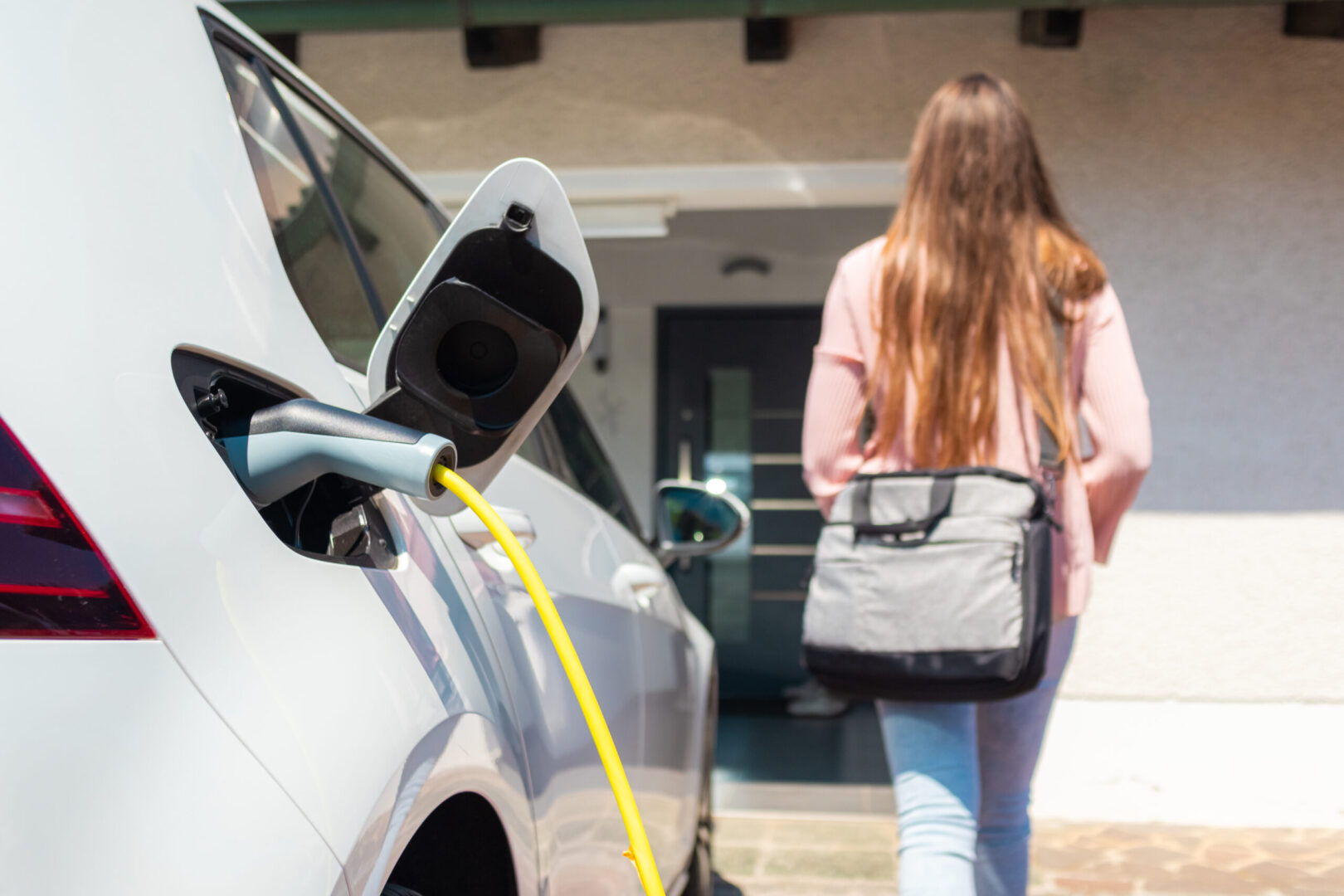If you need any proof that electric vehicles (EVs) are now a major force in the market, you only have to look at the number of pre-orders for the new Tesla Model 3. With more than 300,000 deposits, and counting, this is one of the most important new cars ever launched.
Yet many people including a lot of fleet managers are not up to speed on EVs. That might have been excusable a few years ago, when EVs were a tiny and fringe sector, but not now. March 2016 was the best month ever for cars that qualify for the government’s Plug-in Car Grant with 7,144 registrations.
Evidence
More evidence of the rise of electric cars comes from My Electric Avenue, a joint project to promote EVs and the charging network. They say there will be 1 million plug-in EVs on UK roads by 2020, with EVs accounting for 10% of new cars sold. Fleet orders will be key to this, especially as the charging infrastructure is growing to keep pace with demand for EVs.
For fleet managers, there are two key questions among all the technical queries about EVs’ battery range and charging characteristics. They are, what is the cost of an EV versus its rivals, and is it suitable for your fleet?
Competitive
Whole Life Cost calculations show that EVs can be very cost-effective in the right circumstances. Just like any vehicle, they are not suited to all drivers’ needs, but where they work they can make a substantial cost saving.
As an example, the Go Ultra Low initiative shows that a BMW i3 run over four years and 60,000 miles can save £58 per month over its diesel rivals. That adds up to £2,784 during the operating cycle. Apply that to a fleet of 100 vehicles and you could save more than £250,000 across four years.
Benefits
While much of the savings come from the lower cost of electricity compared to petrol or diesel, there are other benefits to an EV. For starters, there is the plug-in car grant. It provides a £4,500 saving on the new price of the car so long as it has sufficiently low tailpipe emissions and can cover more than 70 miles on battery power alone. An EV also qualifies for 100% Writing Down Allowance in the first year and attracts Benefit in Kind tax of just 5%.
Those are major incentives to move to EVs as part of your fleet plan. Even so, some managers worry about the mileage rates they should pay EV drivers since there is no Advisory Fuel Rate for plug-ins as HMRC does not currently class electricity as a fuel. In fact, it is not difficult to come up with a figure acceptable to the tax man. The Miles Consultancy (TMC) has made the calculations using miles-per-kilowatt figures from EVs and electricity cost from the Energy Savings Trust.
2.9p per mile
With this information, TMC calculates an EV with a 25-kilowatt per hour battery and a range of 85 miles returns 3.4 miles per kilowatt. Charging the car at home overnight at 10p per kilowatt gives a cost per mile of 2.94p, which should be the ‘fuel’ reimbursement rate. Compare that to the usual ppm rates for petrol and diesel cars and it’s another large saving for an EV.
Which brings us to the question of whether or not an EV is suitable for your fleet and drivers’ needs? If every driver on your fleet is covering hundreds of miles every day, EVs are not going to be part of the solution in the short to medium term. However, if like most fleets your drivers cover a mixture of distances, EVs have a big attraction.
The average commute in the UK is less than 10 miles and more than a third of drivers never travel more than 80 miles in a single trip. These are ideal situations for an EV as most have a range of around 125 miles on a full charge. If your drivers can plug in and top up either at home or work, they need never worry about journey range.
Practical proposition
With the next generation of EVs, such as the Tesla Model 3, with ranges well over 200 miles on a charge, these worries simply cease to exist. As a result, an EV becomes a practical proposition for the vast majority of drivers on most fleets, which opens up the prospect of massive cost savings.
As an example, the Saga Group replaced some of its LCV fleet with EV models and saved £3090 per vehicle, as well as 8.1-tonnes of carbon dioxide per year to help meet its environmental targets.
Advances
With those sorts of savings on offer, there is every reason for fleet managers to keep a close eye on EVs and the advances in this sector. The information to make accurate mileage reimbursements is available, alongside detailed data for Whole Life Costs.
Be in no doubt, EVs are not just on the way. They are already here and will be a major part of your fleet very soon. Now is the time to know about them before your drivers start asking for information.


